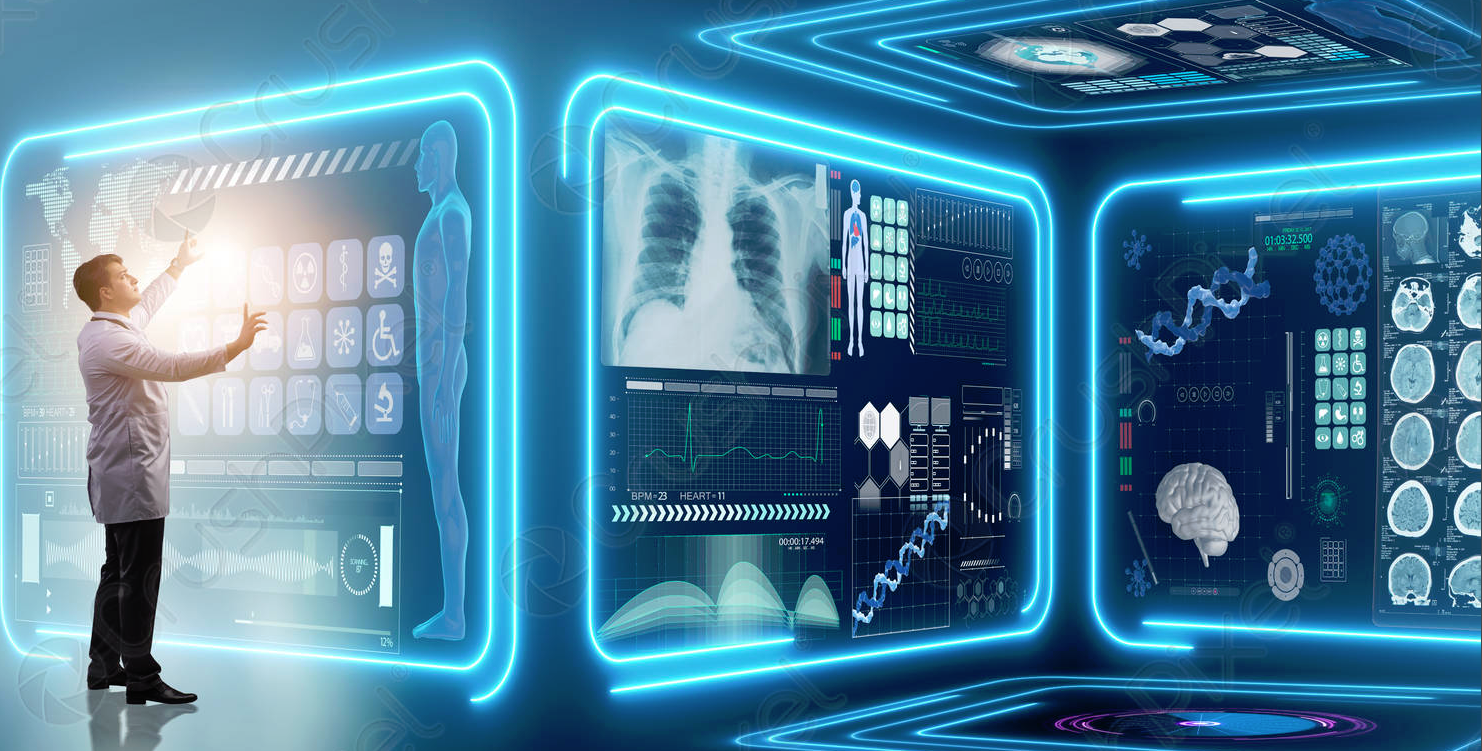In healthcare, following rote procedures doesn't always cut it. To treat the whole human, you have to account for subjective realities. It's no secret that the way patients experience, perceive, and respond to treatment makes a huge difference in outcomes.
Topics: Urodynamics Testing, urodynamics staffing
The 7 Characteristics That Make for a Great Urodynamics Nurse
Whether you're running a urology practice or trying to become a key player at one, having a good understanding of what makes a great urodynamics nurse is vital. While there are many schools of thought on the characteristics that define good employees in general, this work is highly specialized – So it makes sense that there are a few things most employers can agree on.
Topics: urodynamics staffing, Urodynamics Nurse
Urodynamics is a panel of tests relating to the lower urinary tract. It is most commonly used in its entirety; however, it is also possible that one or more of the components will be performed separately if symptoms suggest this is necessary.
Urodynamics is the most reliable way to determine the cause of lower urinary tract symptoms and therefore, the best way to determine which treatment methods are most appropriate.
A Care Pathway is an evidenced-based framework to build a treatment plan upon, beginning with the primary physician, continuing to specialist referrals if necessary, and following the patient through to the end of their treatment (including follow-up care).
They typically follow a common path that starts with patient history, followed by clinical assessment, provisional diagnosis, first line management, specialist management, and follow-up care.
Some examples are listed here:
Topics: Urodynamics Testing, General Urology Information, urodynamics, urodynamics equipment, urodynamics staffing, urinariy incontinence, urodynamics interpretation, post-void residual, stress incontinence, urodynamics profitability, urodynamics catheters, UroGynecology, Cystometrogram
An aging US population brings unique challenges to urologists and the urology workforce in general. As the average age of the population increases, this means that the frequency of urologic diseases and need for urology-related treatments also increases, and it is having an effect on the industry in general as demand increases. These demographic changes in the United States are in turn changing the demands on the urology workforce, creating a need by professionals to have the latest data, research, education, and advocacy for a changing industry.
With the findings published in the American Urology Association’s 2020 census, along with comparisons with their previous publications, we can form a clear picture of what the urology workforce and industry has been through in the past, what it is currently dealing with as of the 2020 publication, and we can also infer educated predictions about the future to anticipate what urologists and urology professionals will need to prepare for in order to meet the growing demand for urology care.
Here is a summary of some of the key findings of the AUA’s 2020 census:
Topics: Urodynamics Testing, urodynamics, urodynamics staffing, incontinence, clinical operations, urology, urodynamics service provider, Medical Practice Operations, Uroflowmetry, UroGynecology
Asset-light vs. Asset-heavy Private Medical Practices
Whether you are an administrator, owner, or someone who is involved in some way with the running of a medical practice, you are likely going to already know about both asset-light and asset-heavy medical practice designs.
If you are, however, unfamiliar with these terms, then knowing the difference between them can be extremely helpful in weighing up how to design a medical practice and where capital should be allocated.
An asset-heavy medical practice is one with a large amount of capital invested in equipment, the property and building where the practice is located, employees (with a large number of full-time employees), and essentially owns a wide range of assets that allow it to perform as many functions as possible.
An asset-light medical practice on the other hand is one that owns fewer fixed assets, with a minimized quantity of full-time employees that focuses more on using outsourcing vendors to provide patients with a full range of medical and diagnostic treatments.
Topics: Urodynamics Testing, General Urology Information, Reimbursments, Reimbursment Trends, urodynamics staffing, hospital operations, clinical operations, urodynamics service provider, ObGyn Practices, urodynamics profitability, Medical Practice Operations, Urology Practice Trends
For any USA-based medical practice, there is a wide range of benefits that comes with outsourcing. As the healthcare industry becomes more competitive, outsourcing non-core services can help practices improve patient experiences and outcomes while also helping to create additional revenue without the need for training their own staff or investing in expensive equipment and facilities, all of which is handled by the specialized healthcare professional who is outsourced to.
Topics: Urodynamics Testing, BHN, Reimbursement, outsourcing diagnostics, Reimbursments, urodynamics equipment, urodynamics staffing, clinical operations, urology, urodynamics interpretation, urodynamics service provider, male urodynamics, urodynamics billing, ObGyn Practices, UroGynecology
When it comes to diagnosing patients right the first time, urologists, obstetricians, gynecologists, and healthcare professionals who want to improve the services they offer to patients all need to have access to the right testing options for diagnosing specific issues. The same is true when it comes to monitoring the health of the lower urinary system, with urodynamics being the only testing option specifically designed to monitor patient urinary health.
What Is Urodynamics?
Urodynamics refers specifically to the study of how the bladder, urethra, and associated sphincters in the body do their job of storing and releasing urine. Urodynamic testing therefore refers to the set of tests that provide healthcare professionals with valuable information on the health and function of a patient’s urinary system.
Topics: Urodynamics Testing, Reimbursement, outsourcing diagnostics, urodynamics, urodynamics equipment, urodynamics staffing, clinical operations, video urodynamics, urodynamics interpretation, urodynamics service provider, post-void residual, male urodynamics, Pediatric Urodynamics, Uroflowmetry, urodynamics catheters, UroGynecology
Urodynamic testing has the potential to provide health care professionals with much more detailed information on the health of their patient’s bladders, urethras, and their body’s ability to store and flush urine. Urodynamics, especially when used in rural health clinics, allows health care professionals to more accurately diagnose causes of urinary incontinence and other issues relating to the bladder and lower urinary system, making it a key service that needs to be integrated into RHC practices.
What Is Urodynamics?
Urodynamics along with urodynamic testing, in its simplest form, is the assessment of how the bladder, urethra, and associated sphincters do their job for storing and releasing urine from the body.
Topics: Urodynamics Testing, BHN, Reimbursement, outsourcing diagnostics, urodynamics, urodynamics equipment, urodynamics training, Reimbursment Trends, urodynamics staffing, clinical operations, urodynamics service provider, urodynamics billing, Medical Practice Operations, Uroflowmetry
2020 and 2021 have shown that urodynamics continues to grow and find unique and novel applications for diagnosing health issues relating to the bladder, urethra, and more. Here we have outlined 4 of the most interesting studies of the past year in the world of urodynamics:
Topics: urodynamics, urodynamics training, urodynamics staffing, incontinence, urodynamics interpretation, urodynamics service provider, Urology Practice Trends, UroGynecology
How Nurse Educator Services Influence Medical Device Utilization Rates
There has been a recent trend on the part of both pharmaceutical and medical device companies to employ nurses and then deploy them in the field in different roles to support their products—the products being drugs and devices, respectively. Given the clinical background and medical knowledge of nurses, this has been a win-win situation for everyone, including the end users of the products, such as patients and healthcare teams and professionals. For medical device companies that have overlooked the trend, it’s something that needs to be given some serious thought since nurse educator services can have a meaningful and lasting impact on medical device utilization rates.
Topics: Brighter Health Network, urodynamics training, urodynamics staffing, ancillary services, urodynamics service provider











